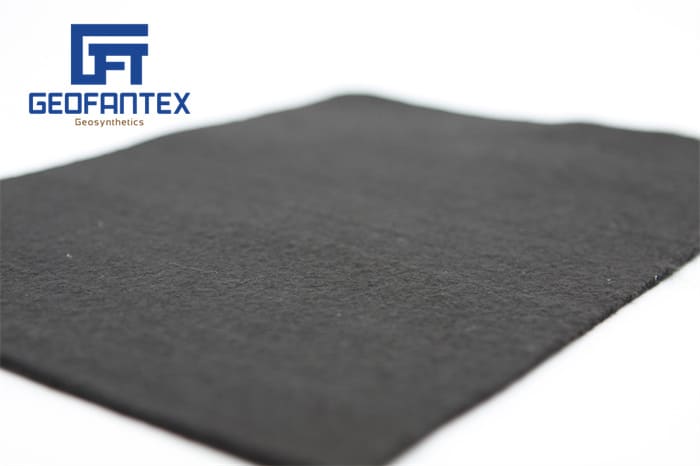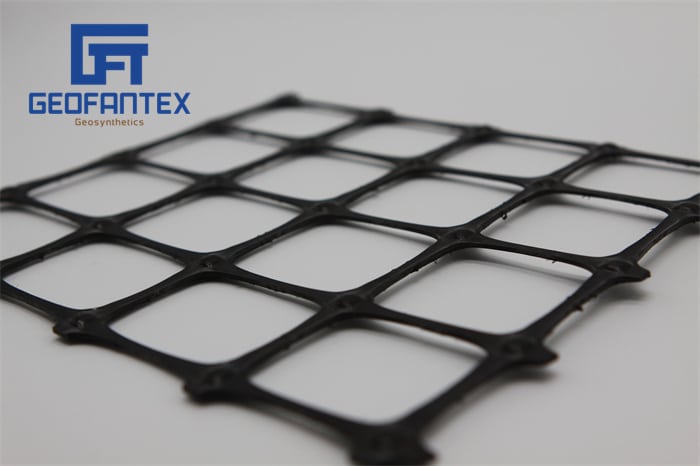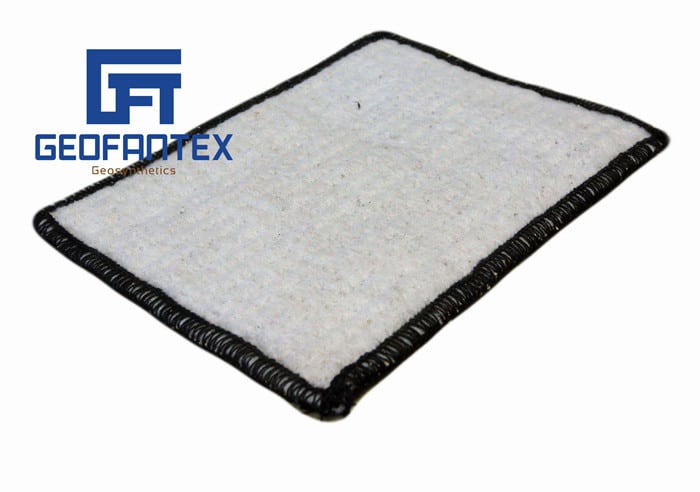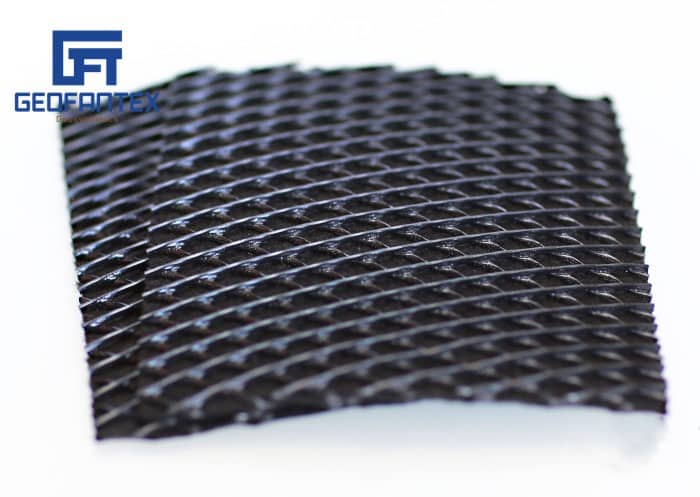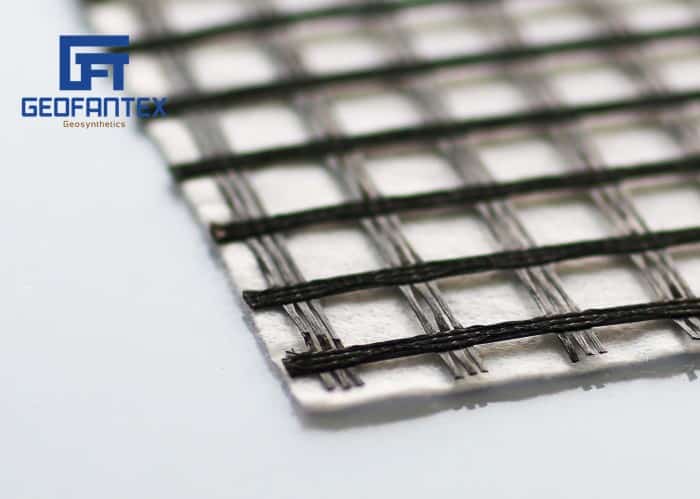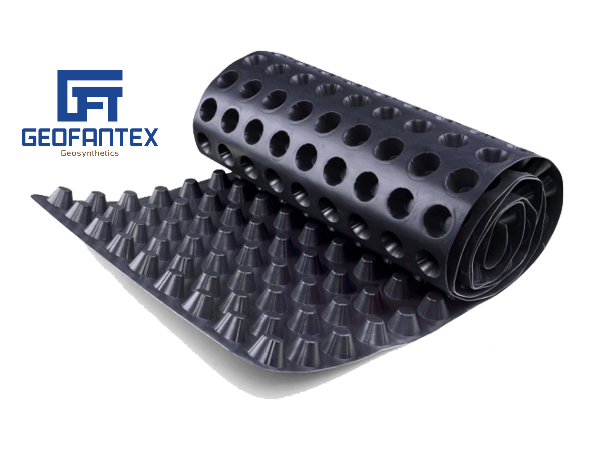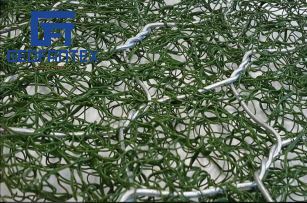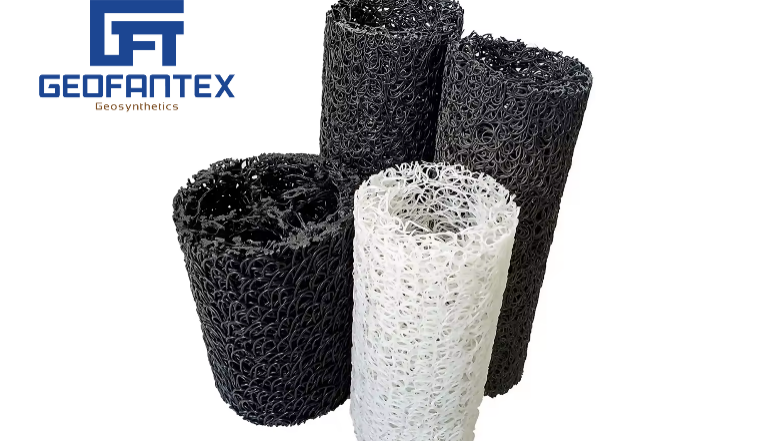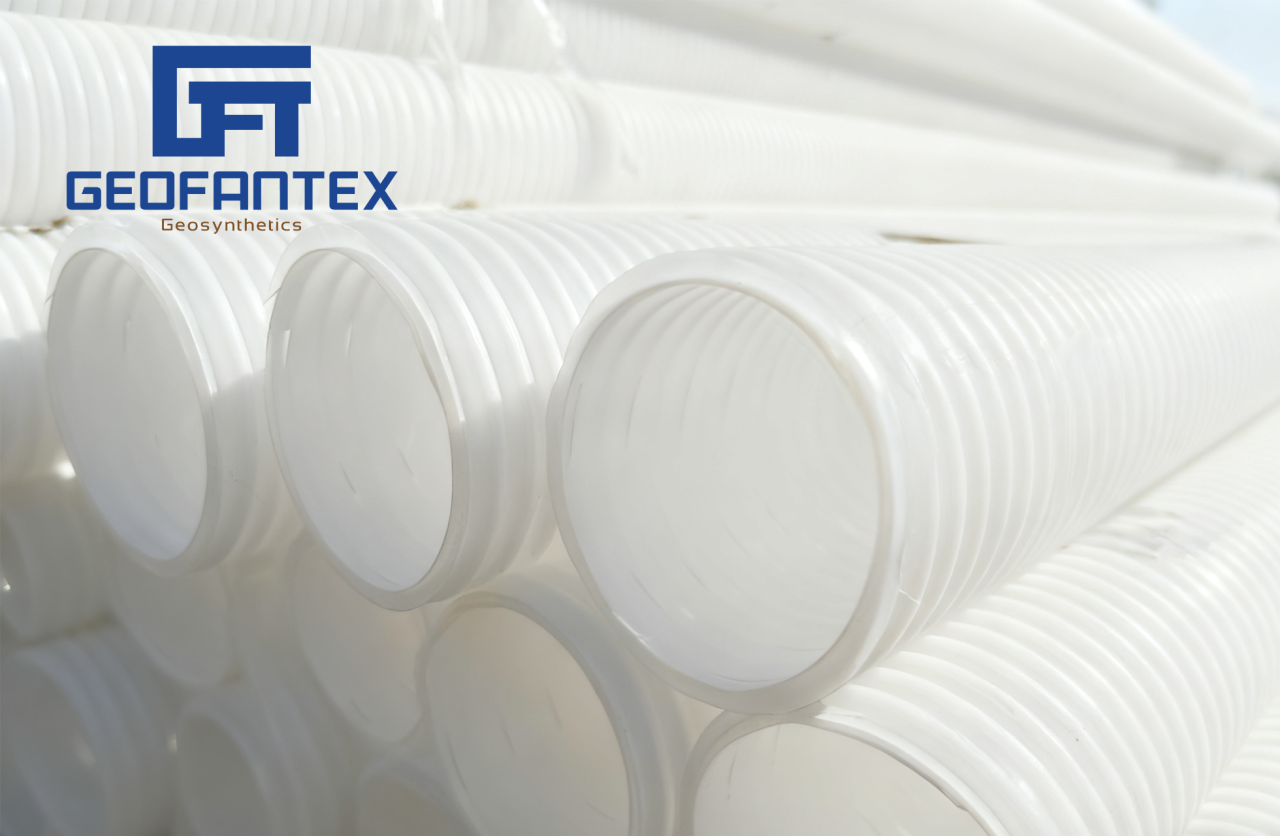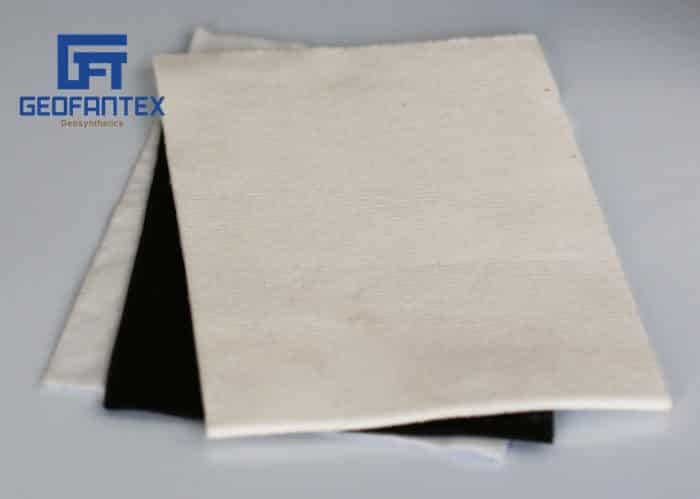+86-159 9860 6917
info@geofantex.com
geofantex@gmail.com
+86-400-8266163-44899
A newly launched geogrid game is attracting attention across the geosynthetics sector by offering a fresh, interactive approach to teaching soil reinforcement and geotechnical engineering principles to students and early-career professionals.
What is the Geogrid Game and How Does It Benefit Geotechnical Education?

The geogrid game is an innovative, simulation-based learning tool that introduces students and early-career professionals to the principles of soil reinforcement and geosynthetics. Unlike traditional lectures, the game provides a hands-on, interactive experience where users can design reinforcement layouts, test soil–structure interactions, and solve real-world geotechnical challenges such as slope stability or embankment support.
By gamifying complex concepts, the geogrid game:
- Bridges theory and practice, allowing students to apply classroom knowledge in risk-free digital environments.
- Enhances engagement and retention, turning abstract engineering principles into visual, interactive challenges.
- Improves problem-solving skills, preparing participants for practical decision-making in geotechnical projects.
- Supports academic integration, already being used in university curricula across North America and Europe.
This tool represents a new era of digital learning in civil and geotechnical engineering, making technical education more engaging, standardized, and aligned with modern infrastructure needs.
How Does the Geogrid Game Enhance Geotechnical Learning and Practical Skills?
The Geogrid Game transforms geotechnical education by combining interactive simulations with real-world engineering principles. Key benefits include:
- Immersive Learning: Users can safely experiment with geogrid layouts, soil reinforcement strategies, and compaction methods, turning theoretical concepts into interactive experiences.
- Practical Application: The game bridges classroom theory and real-world problem-solving, illustrating load distribution, soil–structure interaction, and slope stability.
- Customizable Scenarios: Learners can simulate different soil types, geosynthetic materials, loads, and design challenges for tailored practice.
- Academic Integration: Already used in university programs across North America and Europe, it standardizes geotechnical education and prepares students for field projects.
- Skill Development: Enhances critical thinking, decision-making, and practical engineering skills essential for future infrastructure projects.
By gamifying complex geotechnical concepts, the Geogrid Game improves engagement, knowledge retention, and hands-on competence, helping the next generation of engineers apply theory effectively in real-world construction and geosynthetic applications.
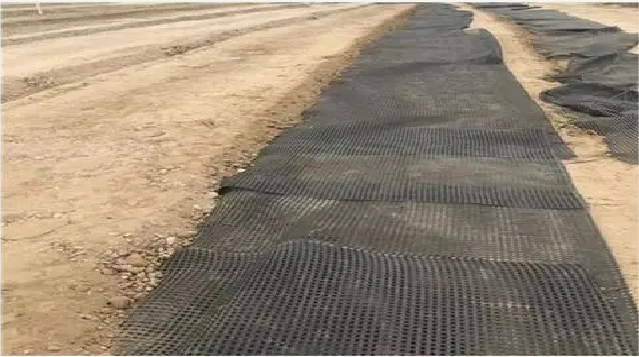
How Does the Geogrid Game Revolutionize Geotechnical Learning and Skills Development?
The Geogrid Game transforms geotechnical education by combining interactive simulations with real-world engineering principles, providing students and early-career professionals a hands-on, risk-free learning environment. It allows users to design, test, and analyze soil reinforcement and geosynthetic systems in scenarios that closely mimic actual construction conditions.
Key ways the Geogrid Game enhances geotechnical learning include:
- Immersive Learning: Users can experiment with geogrid layouts, reinforcement strategies, and soil compaction without physical risk, turning abstract concepts into interactive experiences.
- Practical Application: The game translates classroom theory into tangible problem-solving tasks, helping learners understand load distribution, soil–structure interaction, and slope stability.
- Customizable Scenarios: Different soil types, geosynthetic materials, load conditions, and design challenges can be simulated, providing tailored learning experiences.
- Academic Integration: The tool is already implemented in university civil and geotechnical engineering programs across North America and Europe, bridging the gap between classroom knowledge and field practice.
- Skill Development: Enhances critical thinking, decision-making, and problem-solving skills, preparing students for real-world engineering projects and professional challenges.
By gamifying complex geotechnical concepts, the Geogrid Game helps learners retain knowledge more effectively, fosters engagement, and supports the development of practical skills essential for modern infrastructure projects. This innovative approach ensures that future engineers are better equipped to design, implement, and manage safe, efficient, and sustainable geotechnical solutions.
Looking Ahead: The Role of Digital Learning in Infrastructure Development
The Geogrid Game demonstrates how interactive simulations can transform engineering education, bridging the gap between theory and real-world applications. As digital learning evolves, such tools offer scalable and engaging ways to teach complex geotechnical concepts.
Key points:
- Specialized Simulations: Future tools may cover advanced topics like drainage systems, geocell deployment, slope stabilization, and other geosynthetic applications.
- Enhanced Workforce Skills: Gamified learning improves concept retention, problem-solving abilities, and practical understanding among students and early-career engineers.
- Standardization and Safety: Digital tools establish consistent knowledge and best practices, supporting safer and more efficient field operations.
- Sustainable Infrastructure Design: By integrating simulations into education and professional training, engineers gain the skills to design long-lasting, environmentally responsible infrastructure.
Why Digital Learning Matters: With the global demand for infrastructure rising, simulation-based tools like the Geogrid Game help ensure engineers are prepared to implement smarter, safer, and more sustainable construction practices. This marks a shift toward technology-driven geotechnical education that supports both academic learning and real-world project readiness.
With global infrastructure demand rising, the integration of digital learning into engineering workflows could help ensure safer, smarter, and more sustainable construction practices for years to come.
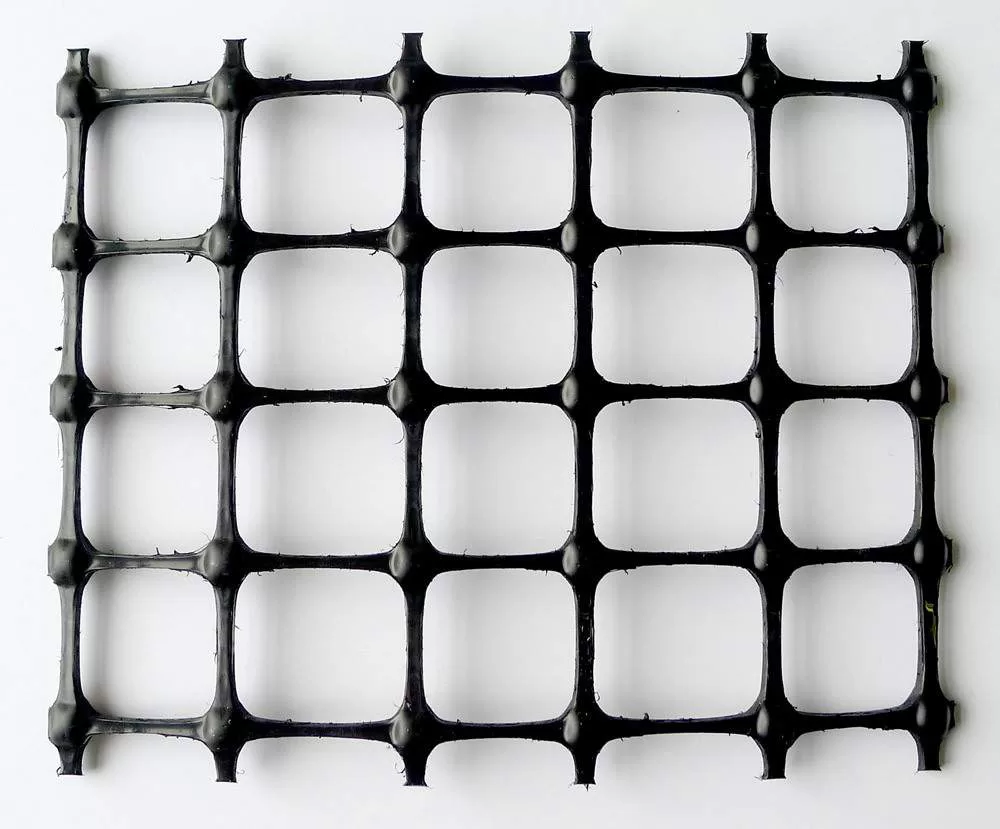
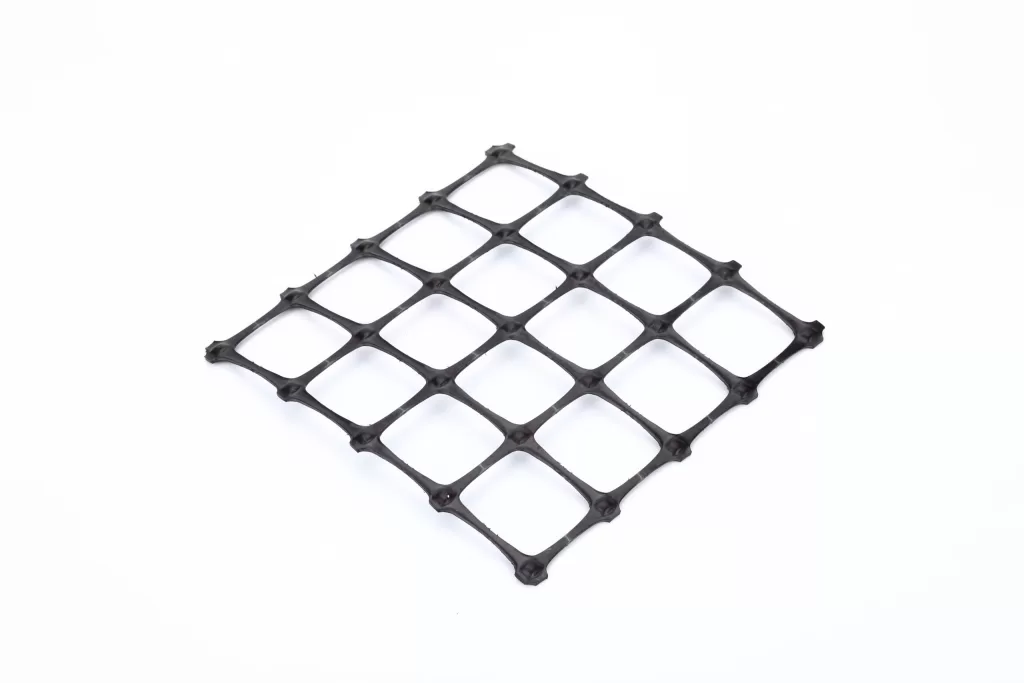
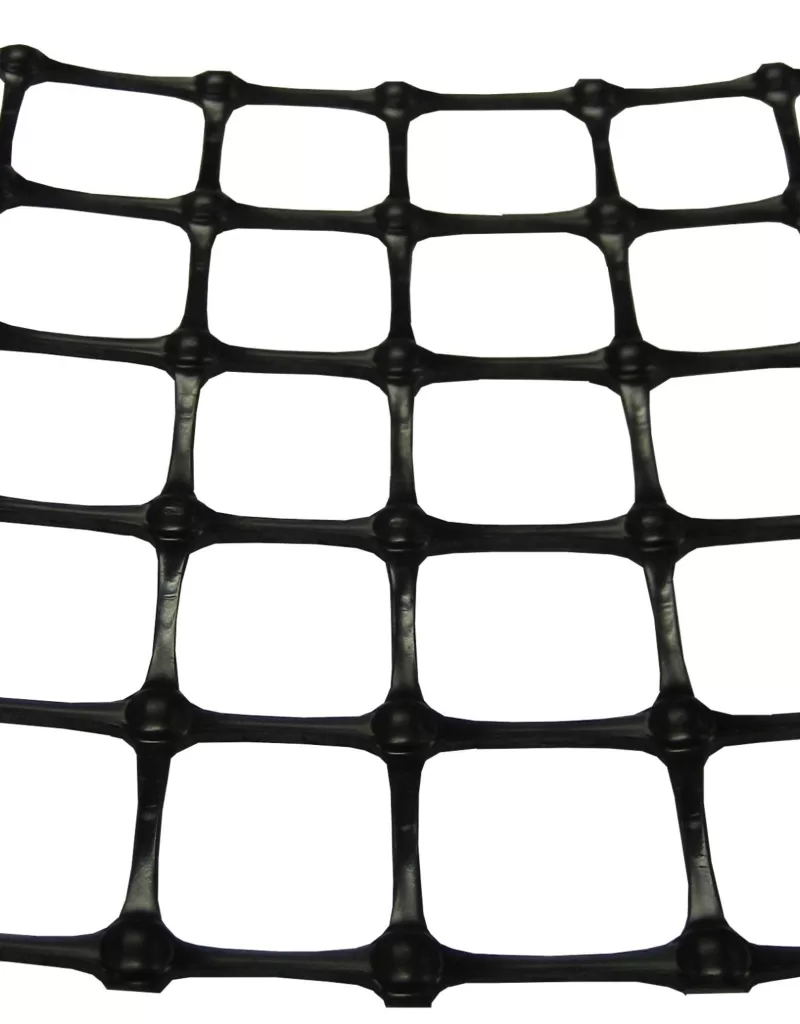
Get Free Sample
We’ll respond as soon as possible(within 12 hours)

